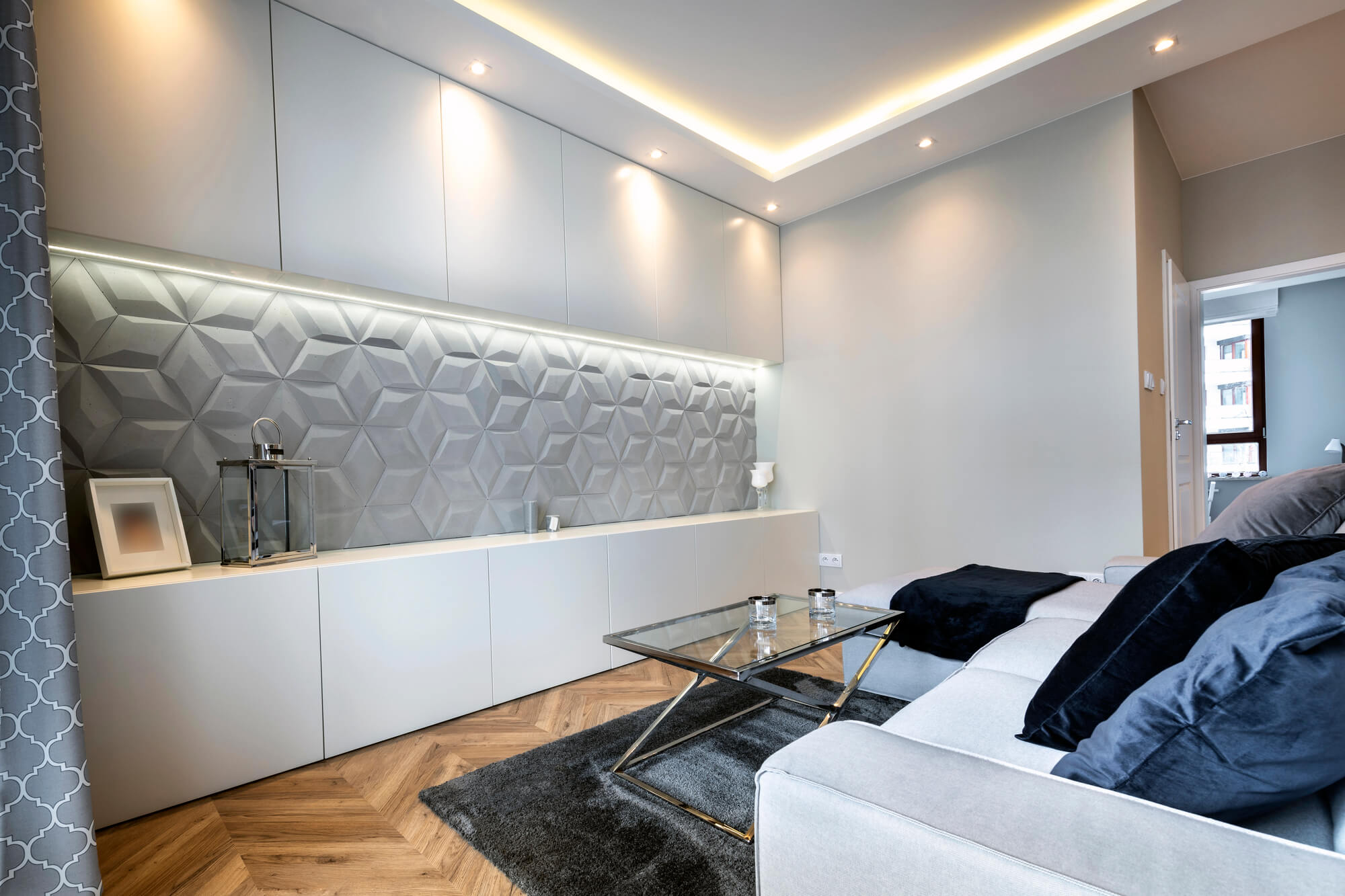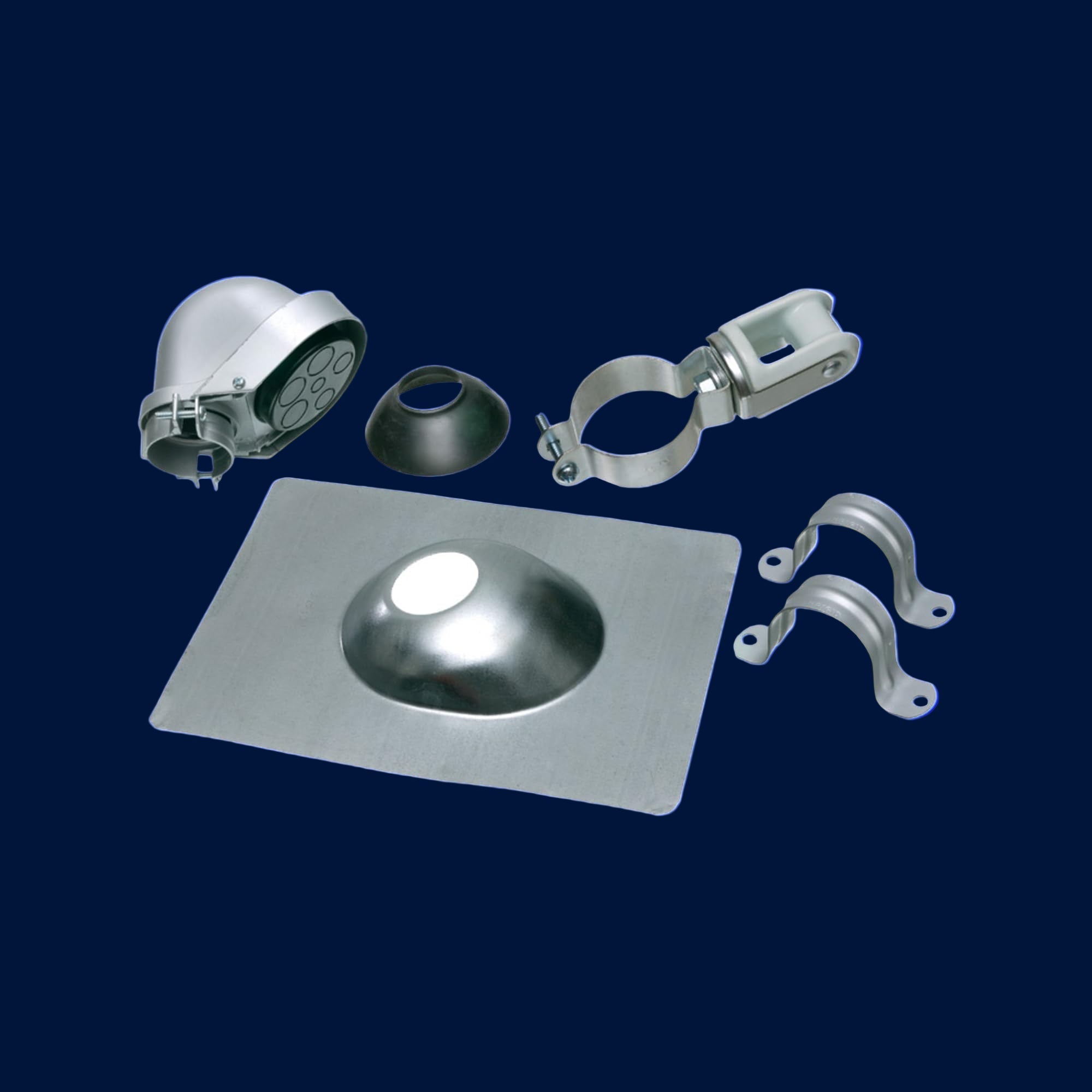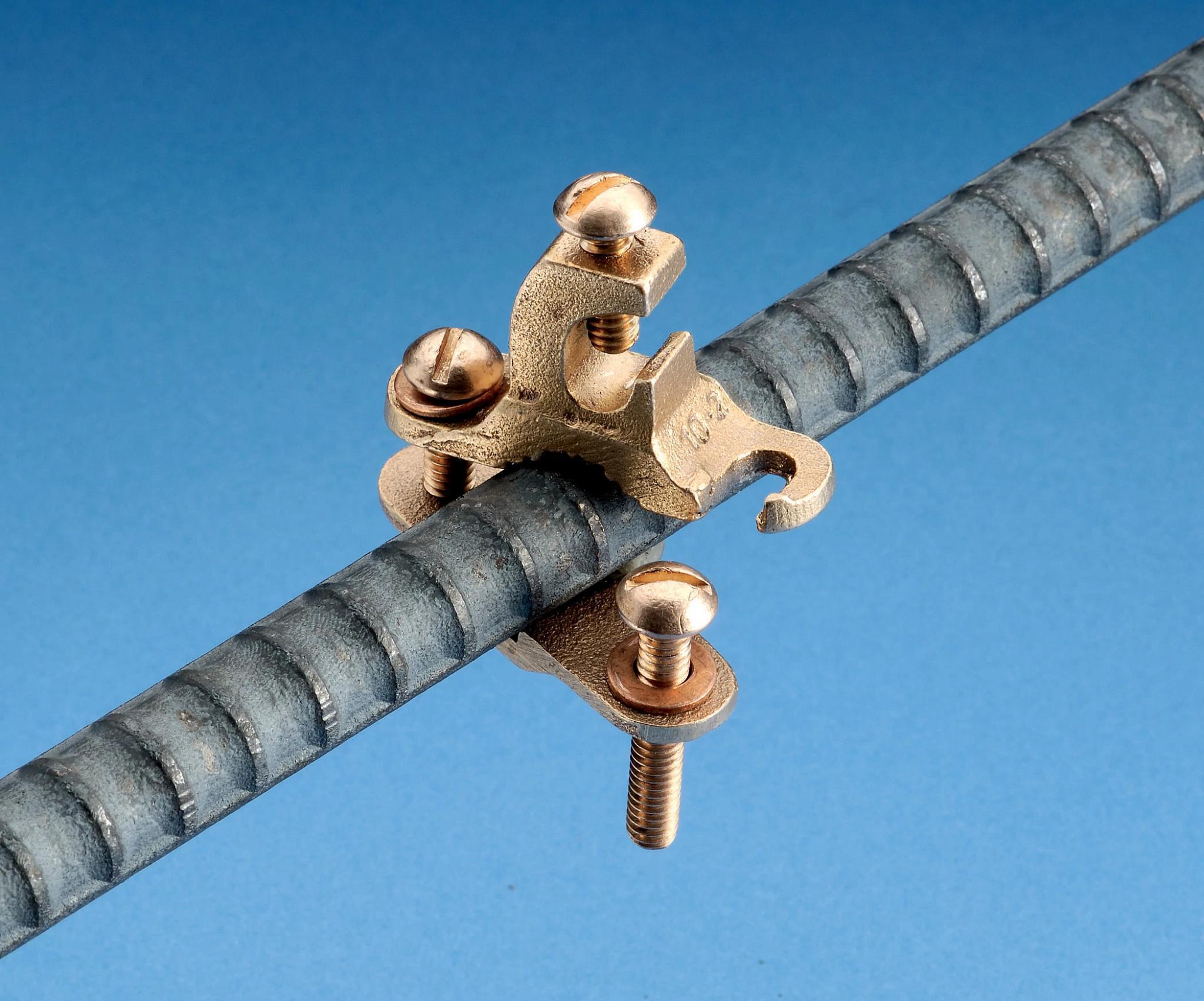Light Emitting Diodes (LEDs) have revolutionized the way we light our environments. In addition to their energy efficiency and cost-effectiveness, they are also popular for the versatility and design flexibility they offer.
Let’s take a closer look at the principles of LED lighting design, exploring how it can transform spaces both functionally and aesthetically. Whether you're a homeowner, a business owner, or a designer, understanding these essential aspects of LEDs will guide you in incorporating these elements effectively into your projects.
The Basics of LED Technology
Before getting into design specifics, it’s important to understand what LEDs are and how they work. LED technology works by passing an electric current through a semiconductor material, which emits light as electrons recombine with holes within the material. This process is more energy-efficient than incandescent or fluorescent lighting and produces less heat, making LEDs a safer and more sustainable choice.
The efficiency of LEDs is measured in lumens per watt. On average, they provide more lumens while using less wattage than traditional lighting solutions. This efficiency does not detract from their brightness or color quality, making them ideal for a wide range of applications, from residential lighting to commercial and industrial settings.
Highlights of LED Lighting Design
⦁ Designing with Light Color and Temperature
One of the key aspects of LED lighting is the choice of color temperature, which describes how the light appears when illuminated and is measured in Kelvin (K).
Temperatures on the lower end of the scale, around 2000K-3000K, emit a warm, yellow light, often used in residential settings to create a cozy, welcoming atmosphere. Mid-range color temperatures (3500K-4500K) offer a neutral or cool white light, which is ideal for kitchens and bathrooms where tasks need to be performed. For more industrial or commercial spaces, a higher color temperature of 5000K or more provides a bright, daylight-like quality.
Beyond temperature, the color rendering index (CRI) is another important factor. CRI measures the ability of a light source to reveal the colors of various objects faithfully in comparison with a natural light source. A higher CRI is generally better, with LEDs typically ranging from 70 to 98 on the CRI scale.
⦁ Integrating LEDs with Architecture
The physical integration of LED technology into architectural elements can be both a design highlight and a functional improvement. LEDs are incredibly compact, which allows them to be installed in locations where traditional lighting cannot go. This includes narrow alcoves, along paths, under cabinets, and within stair treads—virtually anywhere that requires illumination.
Beyond placement, architectural integration involves the strategic use of LED lighting to enhance or highlight architectural features. For example, you can use strip LEDs to outline the contours of a building, draw attention to ceiling designs, or subtly light up walkways without the fixtures being overtly visible. The goal is to use lighting to enhance the natural beauty of the architectural design without overpowering it.
⦁ Dimmability and Controls
Controlling the intensity of light is another unique feature of LED lighting design. Most LED systems are fully dimmable, unlike many traditional lighting options. This feature helps in creating ambiance and contributes to energy savings, as dimmer lights consume less power.
Moreover, it is possible to integrate modern LED systems with smart home technology, allowing users to control lighting through mobile apps or voice commands. You can program these systems to change lighting levels at different times of the day or adjust based on natural light entering the room, for a great user experience and energy efficiency.
⦁ Sustainability and Longevity of LEDs
Choosing LED lighting is a decision that significantly impacts the sustainability of a building or space. LEDs consume up to 90% less power than incandescent bulbs and can last up to 25 times longer. This reduction in energy consumption and decrease in the need for frequent replacements contribute to a lower carbon footprint and less waste.
The materials used in LED lights are also evolving to be more environmentally friendly. Many manufacturers now focus on reducing hazardous substances like lead or mercury, which are often found in traditional lighting, making LED lights a safer and more sustainable option overall.
Applications of LED Lighting
⦁ Residential Environments
In residential design, LED lighting can be used to create layers of illumination that enhance both the functionality and aesthetics of living spaces. Ambient lighting provides a base level of light, while task lighting is focused on specific areas like kitchen counters or reading nooks.
Accent lighting is used to highlight architectural features or artwork. LEDs are particularly well-suited for all these applications because of their adaptability in color and intensity.
One emerging trend is the installation of LED strips in the bedroom, where indirect lighting can be used to create a relaxing ambiance that helps in winding down before sleep. In living rooms, changing color temperatures throughout the day can match natural circadian rhythms.
⦁ Commercial and Retail Applications
For commercial spaces, LED lighting design plays an important role in branding and customer experiences. Retail environments benefit greatly from LEDs due to their excellent color rendering, which can make products appear more vibrant and enticing. In hospitality, LEDs are used to create dynamic environments that can adapt to different events or times of day, greatly enhancing guest experiences.
Moreover, LED technology allows for interactive lighting in public spaces. For instance, LEDs can be integrated with sensors to change lighting based on movement, sound, or even the number of people in a space, making public areas safer and more engaging.
⦁ Industrial and Safety Lighting
LEDs have significantly impacted industrial applications due to their durability and low maintenance. In factories and warehouses, LED lighting improves visibility, which enhances safety and productivity. Specialized LEDs are also used in hazardous environments because they are resistant to breakage and can operate in extreme conditions without risk of explosion or serious damage.
⦁ Artistic and Dynamic Lighting
Artistic lighting installations have also gained popularity with LEDs. Artists and designers use LEDs to create large-scale interactive installations that respond to environmental inputs or viewer interactions. These installations add aesthetic value and create unique, immersive experiences.
How Sonic Electric Supports Innovative LED Lighting Design
LED lighting design is offers a unique way to reimagine how we interact with our environments. From the comfort of our homes to the efficiency of our workplaces and beyond, the technology provides opportunities to enhance every aspect of our modern lives.
Sonic Electric is excited to be at the forefront of this bright future, illuminating the path forward with innovative solutions and expert support. Because we understand the transformative power of effective lighting solutions, we offer an extensive selection of Westgate LED lighting products, renowned for innovation and reliability. Westgate makes use of cutting-edge technology to create offerings featuring the latest in energy efficiency and design flexibility.
Whether you're looking to enhance a residential project or need comprehensive solutions for large-scale commercial ventures, our product line is equipped to meet diverse needs. Our team also provides expert guidance, assisting you in selecting the right lighting solutions that align with specific design goals and technical requirements. With our fast shipping and exceptional customer service, we make sure that you have the support necessary to bring your LED lighting designs to life.







Share:
What Is The Lifespan Of LED Lighting?
Track Lighting: How Does It Work?